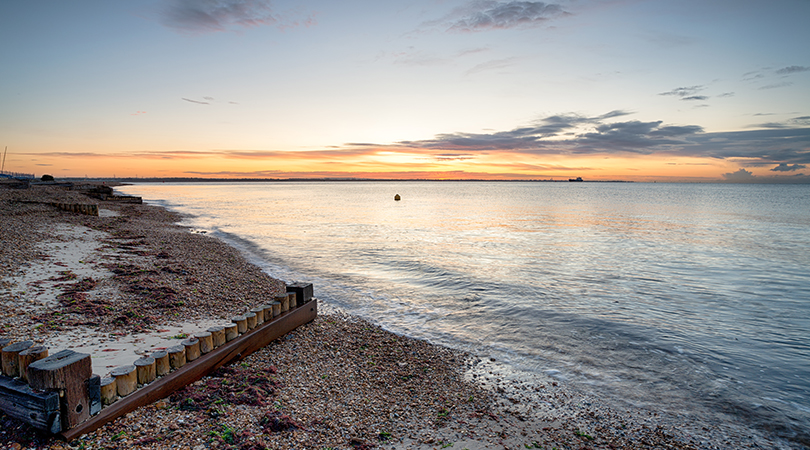In 1889, Alfred, Lord Tennyson was in his eighties and in declining health when he embarked on a voyage across the Solent, the stretch of water between the Isle of Wight and mainland England. Around him, the calmness of sunset and the undulating tide provided a natural, serene passage – and a spark of inspiration.
Composed shortly thereafter, Tennyson penned in mere minutes one of his last and most deeply moving works, “Crossing the Bar,” as his poetic farewell to life. Tennyson himself requested that the poem always be placed at the end of his anthology, serving as his final poetic statement.
This context deepens the poem’s resonance. It becomes not only a meditation on mortality, but also a personal expression of acquiescence. Nothing feels rushed or turbulent; it moves with calm inevitability. The poet accepts the evening bell and prepares to meet his God with faith and quiet dignity. Death is viewed not as an end, but as a homecoming.

Image: Portrait photograph of Alfred, Lord Tennyson (1809-1892).
"Crossing the Bar"
Alfred, Lord Tennyson
Sunset and evening star,
And one clear call for me!
And may there be no moaning of the bar,
When I put out to sea,
But such a tide as moving seems asleep,
Too full for sound and foam,
When that which drew from out the boundless deep
Turns again home.
Twilight and evening bell,
And after that the dark!
And may there be no sadness of farewell,
When I embark;
For tho' from out our bourne of Time and Place
The flood may bear me far,
I hope to see my Pilot face to face
When I have crost the bar.
Cover image: View of the Solent from Calshot Beach near Southampton in Hampshire, United Kingdom.

